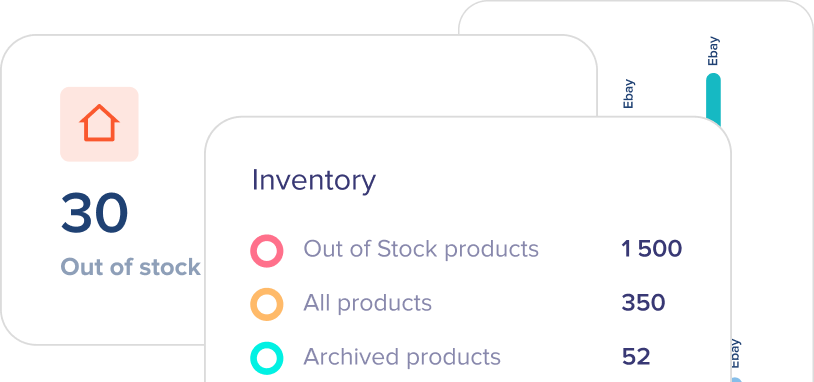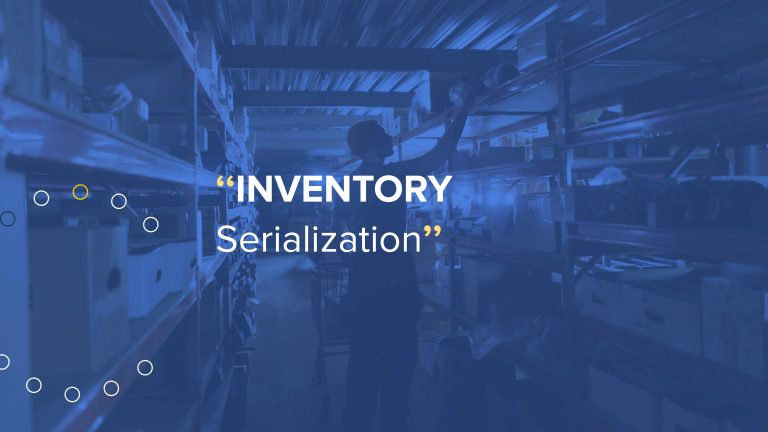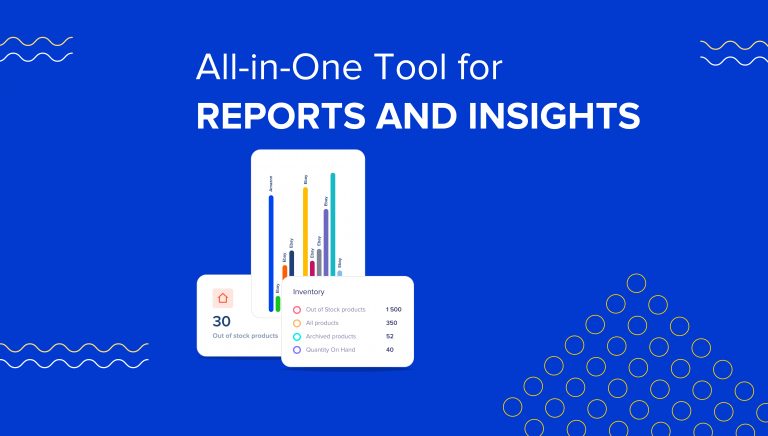Inventory management is essential for running a profitable and prosperous business. It’s an inseparable component for retail, wholesale, eCommerce, or manufacturing organizations. Apart from that, inventory often occupies an impressive percentage of any business’s total financial assets. Such conditions imply that companies should allocate time and effort to practice effective inventory management strategies. Motivated by the importance of this aspect, let’s discuss the purpose of inventory the main goals and objectives of high-quality inventory management procedures.

The Definition of Inventory
Inventory turnover is the crucial attribute describing a retail company’s sources of revenue generation and the total profit gained. Investopedia defines inventory as the whole system of raw materials used in the production process. Besides, inventory also refers to the goods produced and available for sale. There are three main methods of inventory evaluation:
- FIFO (first-in, first-out) – the method implies that “the cost of goods sold is based on the cost of the earliest purchased materials.” In simpler terms, FIFO means selling the products at the initial price a company purchased them.
- LIFO (last-in, first-out) – according to this method, “the cost of goods sold is valued via the cost of the latest purchased materials.” However, the value of the remaining products depends on the earliest purchased materials. Simply speaking, LIFO means that once a company faces overstocking, the surplus corresponds to older prices.
- COGS (cost of goods sold) is the money spent on manufacturing the goods sold, i.e., the prices of raw materials and labor used in creating certain products. COGS excludes indirect expenses, such as warehouse maintenance and distribution costs.
What Is the Purpose of Inventory?

Organizations accumulate inventory for two main reasons: support the smooth production flow or have finished goods ready for sale. The first purpose is figuratively called “productive” or “production” inventory, while the second one refers to “merchandise” or “finished goods.” Depending on their business model and stage of development, companies usually emphasize one or the other type of inventory. The focus might also change over time as a business matures and its production process evolves.
The primary purpose of the “production” inventory is to ensure that there’s always an uninterrupted flow of goods between different stages of the production process. In other words, the stock provides a safety net that allows businesses to avoid or minimize the risks of production disruptions. If any interruption occurs, it might cause a production bottleneck and, as a result, lead to costly delays.
Note: production bottleneck means a so-called traffic jam in a production system when workloads arrive too quickly, causing delays in manufacturing and delivery.
On the other hand, merchandise inventory is about having finished goods ready for sale to meet customer demand. The goal here is to ensure that there’s always enough stock to meet customer needs without running out of products. This method is “just-in-time” inventory management, meaning a company needs just enough goods on hand so that no stockouts occur.
Both types of inventory are vital for businesses, meaning companies should manage them accordingly. Nevertheless, it’s important to remember that inventory comes with a cost. Too much stock can tie up working capital and lead to storage costs, while too little inventory can result in production disruptions and lost sales. As such, finding the right balance is essential for any business that wants to prosper and be successful in the long run.
The Objective of Inventory Management
The previous blocks show that inventory management is critical for any business. The main objectives of inventory management are as follows:
Smooth production
Inventory management strategies are designed to ensure that the right products are available in the necessary quantities at the appropriate time to meet customer needs and expectations. This requires careful planning and execution to maintain stock levels without becoming overstocked or understocked. Overstock can lead to wasted money and lost sales, while understock can lead to missed sales opportunities and dissatisfied customers.
Plan to Succeed
Smooth production depends on strategic planning concerning sales and production capacity. Inventory planning ensures that retailers can meet customer demand while also maximizing their resources. This can lead to increased profits and higher customer satisfaction rates. Detailed inventory planning brings practical solutions in cash flow, leading to dynamic and economically stable supply chains.
Manage Costs
The goal of inventory management is to ensure the efficient use of resources. Excess inventory ties up money and space for better service provision. In addition, the cost of storing larger quantities of goods can be significant. Therefore, it is necessary to strike the right balance between maintaining adequate stock levels and avoiding surpluses.
Reduce Errors
To err is human. However, that’s not the case with inventory planning. It is impossible to exclude the human factor from production processes completely. Retailing and manufacturing companies need to install innovative automation systems to reduce errors. Automation leads to storage optimization and a better customer experience. For instance, you don’t need to worry about running out of goods with a barcode scanning system. Scan a barcode and it will tell you whether the item is in the right section or not.
Inventory Management Goals
The main goal of inventory management is to provide an alternative plan for possible variations in the raw material delivery schedules. Supposedly one of your suppliers delays distributing the goods you need for production. The lack of beforehand inventory planning will cause delivery delays and canceled orders.
Companies can fulfill their goals by investing in appropriate inventory management software. A good program can provide companies with in-depth reporting and analytics, thus, helping develop working business plans and campaigns. Modern software solutions are simple to use. For example, let’s take eSwap. This multichannel platform enhances the user experience and grants the retailers control over the entire inventory flow.
Final Observations
At its most basic level, inventory can is the integrity of a company’s assets that are in the process of being manufactured or transformed into a finished product. The purpose of the inventory is to provide a buffer between production and sales, smoothing out the flow of goods and ensuring that products are available when customers order them. To achieve this goal, companies must carefully manage their inventory levels, investing in an appropriate system if necessary.







